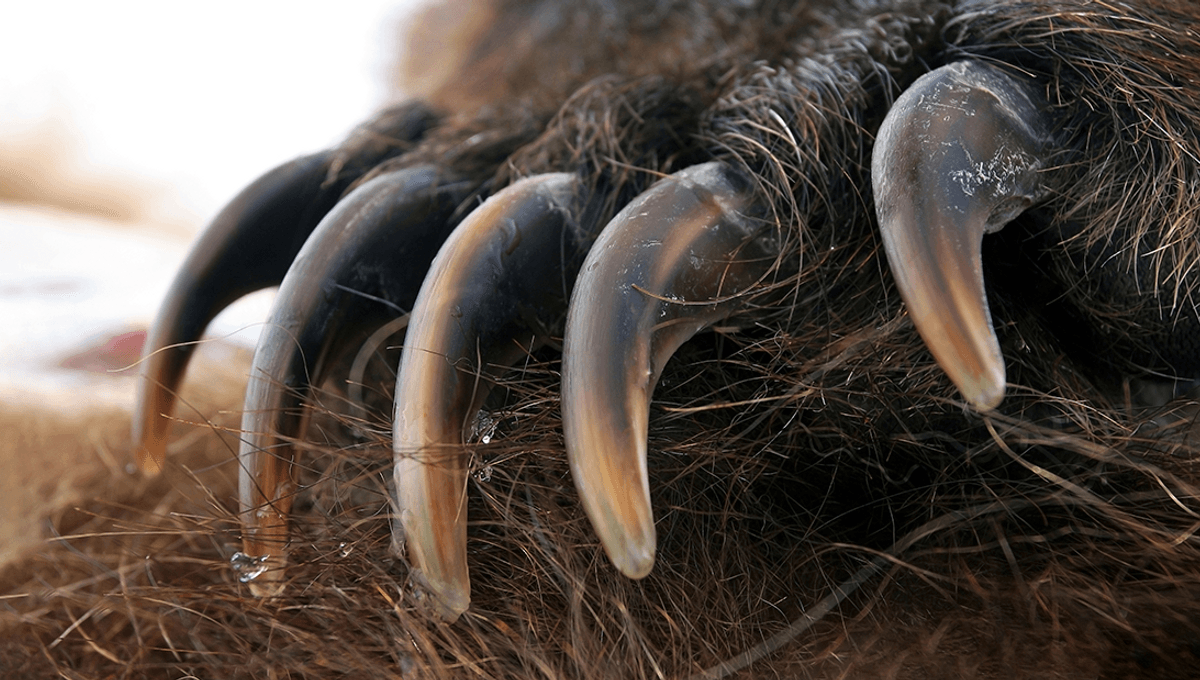
A female bear that was discovered in 2020 by reindeer herders in the permafrost on Bolshoy Lyakhovsky Island, part of the New Siberian archipelago in Russia, has undergone a necropsy this week.
“This find is absolutely unique: the complete carcass of an ancient brown bear,” said Maxim Cheprasov, laboratory chief at the Lazarev Mammoth Museum Laboratory at the North-Eastern Federal University in Yakutsk, eastern Siberia in a statement to Reuters.
Prior to being discovered, the bear had been trapped in the permafrost for nearly 3,500 years. The freezing temperatures of the region helped preserve the bear’s tissues – even the contents of the bear’s stomach were preserved, including bird feathers and plants.
Named the Etherican brown bear, since it was found east of the Bolshoy Etherican River, the body provides scientists with a unique opportunity to study the organs and tissues of the ancient creature.
“For the first time, a carcass with soft tissues has fallen into the hands of scientists, giving us the opportunity to study the internal organs and examine the brain,” said Cheprasov.
During the necropsy, the team discovered that the bear had died due to an injury to its spinal column. By analyzing the bear’s DNA, the researchers found the bear is the same as a modern-day bear from the north-east of Russia. They also cut through the hide to examine the internal organs, look at the brain, and perform a whole host of genetic and microbiological investigations.
Estimated to be between two and three years old, the bear is around five feet tall, and despite being over 3,000 years old still weighs almost 78 kilograms (172 pounds).
While the team is learning all they can from the bear’s body, there is a mystery remaining about how the bear came to be found on an island that is now separated from the mainland by almost 50 kilometers (31 miles) of water. Three theories suggest that either the bear was able to cross to the island over ice in the winter, that the island was still part of the mainland 3,500 years ago, or simply that the bear fancied a long swim to gain access to the island.
Many species have been discovered trapped in permafrost across the world, including a rhino, other bear species, and even lion cubs. Some areas are so rich in species that ivory hunters frequently look for mammoth tusks hidden in the icy depths.
[H/T Reuters]
Source Link: Necropsy Performed On Nearly 3,500-Year-Old Bear Discovered In Siberian Permafrost